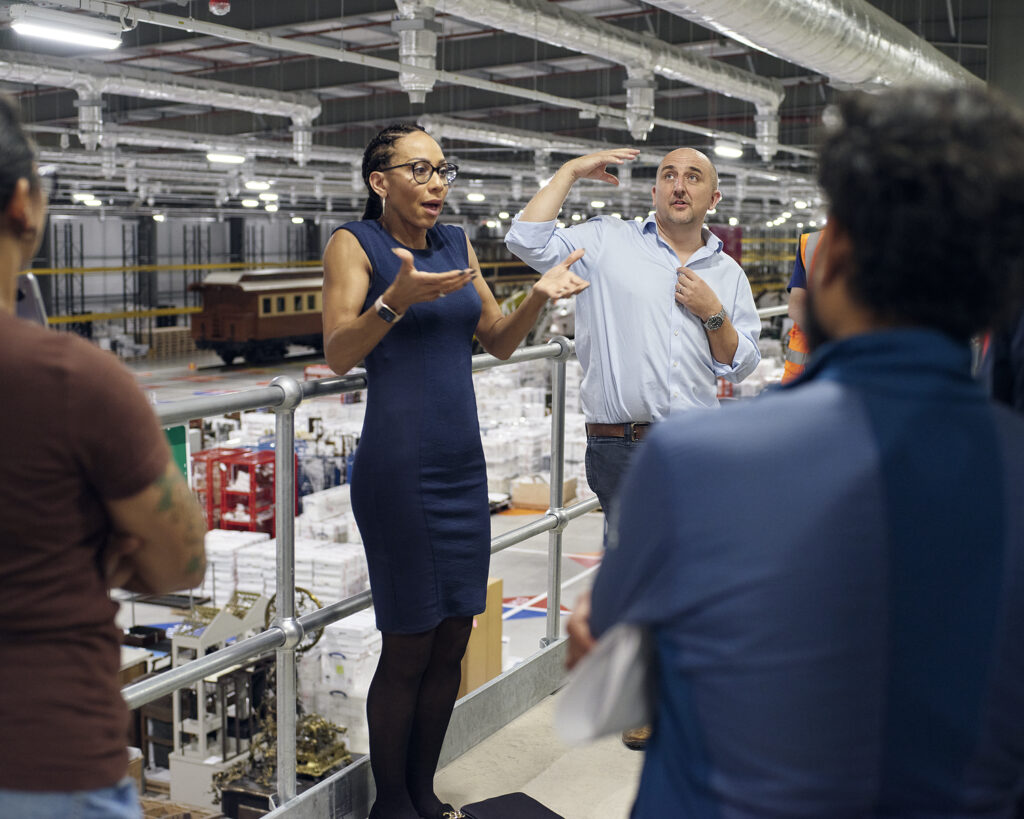We know that there are gaps in our museum offer at the moment, and we’re really keen to do our best to try things that are new for us, to improve the museum experience for everyone. Our Sound and Vision project is an opportunity for us not just to upgrade two floors of our museum, but to really look at how we do things.
My job title may be Interpretation Manager, but my role is not really about translating things into other languages. I work with curators to find interesting ways to interpret our objects so that visitors can find out what they want to know about them. We have been looking at how we can make our museum more welcoming—meeting people, consulting with groups and getting an understanding of what’s needed. Because of this, we’ve taken some first steps into learning British Sign Language (BSL).

Staff from teams across the museum have been taking part in weekly Introduction to BSL lessons. There was a noticeable amount of nerves to begin with, as many of us were complete beginners and were feeling the pressure of making mistakes so publicly. But our trainer Claire Holland from Enhance the UK was fantastic; she put us all at ease and gave us the confidence to learn and try things. Yes, there were mistakes—but that didn’t matter. The sessions were great fun, and after each class the atmosphere in the office was always buzzing. A number of staff members are now taking further steps to develop their BSL.
We know this is a small step, but it is a move towards making a place which is more equipped to welcome people. The front of house and learning teams meet people every day, and we are still far from being able to hold conversations in BSL. But we might be able to say hello, understand what someone is asking for, and find a way to communicate the important things, like where the toilets and café are.

We have also worked alongside trained BSL interpreters and used this to speak to BSL users on visits to the museum. One thing that often came through in these conversations is that BSL is not English. This might seem obvious, but it is a separate language, with different rules and different structures. There has previously been an assumption from the museum that a deaf visitor would be able to get all the information they need from reading the panels or other words around the gallery, but this is often not the case. For many BSL speakers, BSL is the language they use, and BSL translations of the words would be much more useful and accessible for them, and (as for most of our visitors) reading all those panels is hard.
So we have listened and we are planning. We cannot translate every single word on gallery, but the feedback we’ve received suggests that shouldn’t be the aim. Rather, we could create a number of BSL videos, available online, that explain the objects and stories in different areas across the new galleries. Borrowing some information from the text on gallery, explaining the context that sound content might otherwise provide, and telling the story of the new Sound and Vision galleries. Watch this space for updates as we begin developing this concept into reality.